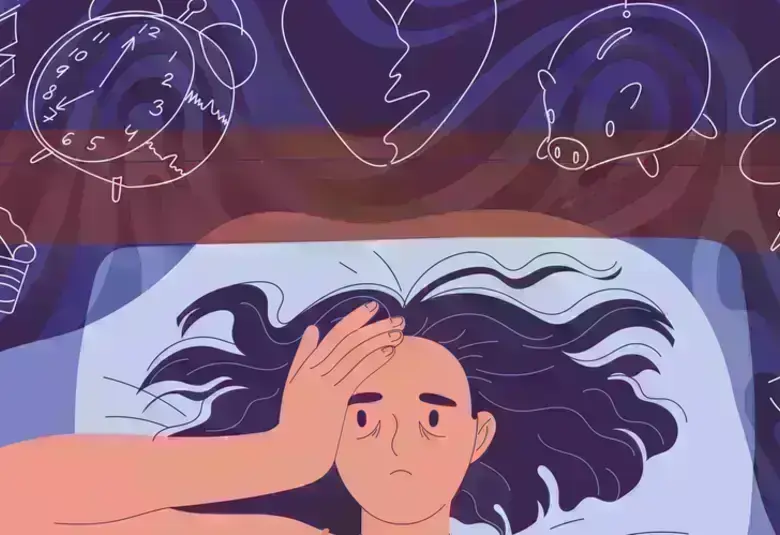
Emotional blunting: unresolved MDD symptom or effect of treatment?
Some evidence suggests that emotional blunting is a side effect of therapy, but other evidence indicates it is an unresolved feature of major depressive disorder, and hence a target for more effective treatment2. Where do you stand on this important issue? The question was posed at ECNP 2019 during an Expert Science Exchange.
Treatment of major depressive disorder (MDD) should aim for full functional recovery, and this requires improvement across all domains – cognitive, physical and emotional.1 That is now widely agreed, as is the need for well-tolerated medication essential to promote adherence and so minimise risk of incomplete response and relapse.
Unfortunately, emotional blunting – including feelings of detachment, loss of interest and pleasure is a common experience during drug treatment, being self-reported by between a third and a half of patients with MDD taking a wide range of antidepressant agents.2 It is also a frequent reason for patients stopping treatment. In a recent Canadian study of 316 people with MDD, 35% of those who discontinued their medication cited blunted emotion as a cause.3
In a recent study, 35% of people discontinuing medication cited blunted emotion3
Emotional blunting may have adverse effects on decision-making and relationships, and result in poor self-care and even thoughts of self-harm in an effort to feel emotion.4 Emotional blunting can also be reflected in reduced sex drive and apathy. Any of these features may reduce quality of life.5 Their presence begs the question: is emotional blunting a consequence of the disease or of its treatment?
Emotional blunting as side-effect
Among others, Guy Goodwin and colleagues from Oxford have drawn attention to the phenomenon of emotional numbing and reduced sensitivity that may appear in certain people treated for MDD. The fact that this can emerge even as depression itself remits suggests the phenomenon is not part of the clinical syndrome but a consequence of its treatment with antidepressant medication.5
The case for emotional blunting being an effect of drug treatment was argued by Andrea Fagiolini (University of Siena Medical Center, Siena, Italy). This argument is strengthened, he maintained, by experimental evidence of reduced detection of negative facial emotion found in clinical and neuroimaging studies of healthy volunteers taking antidepressants for as little as a week.6,7 Importantly, this effect of medication on the perception of emotion is the reverse of that seen in clinical depression, which is associated with increased recognition of negative vs positive facial expressions.
Since patients with clinical depression have an increased ability to recognise negative vs positive facial expressions (negative attentional bias) these data suggest that drug treatment reduces the ability to detect some negative stimuli.
Medication-induced biases in emotion processing are the opposite of those seen in untreated MDD6,7
Moreover, there seems to be a brain correlate of the behavioural phenomenon induced by antidepressant treatment. In volunteers taking medication, the amygdala response to masked fearful faces was decreased.7 This contrasts with the increased amygdala response seen in people with MDD.
Considering the pharmacology responsible for emotional blunting, Professor Fagiolini suggested the phenomenon may arise from serotonergic effects on the frontal lobes themselves or inhibitory serotonergic modulation of mid-brain dopamine systems which project to the prefrontal cortex.
Emotional dysfunction an unresolved part of MDD itself
The existence and adverse impact of emotional blunting were acknowledged by Roger McIntyre (University of Toronto, Toronto, Ontario, Canada) who noted that around 30% of people taking medication for MDD report some form of cognitive symptom (apathy, inattentiveness, forgetfulness, word-finding difficulty, and mental slowing).8 However, he contended that this may simply reflect the fact that antidepressant agents do not always effectively treat the emotional dysfunction component inherent in MDD.2
Evidence from close to 4,000 participants enrolled in the STAR*D study showed that low mood and loss of interest were major features of depression from the outset.9 Along with cognitive disturbance, depressed mood and experience of decreased reward accounted for half the impairment seen in psychosocial function.9
Professor McIntyre also cited evidence that anhedonia is present in around 75% of people with MDD, is associated with poor prognosis and suboptimal treatment response, and may relate to disturbances of central dopaminergic, mesolimbic and mesocortical reward pathways.10-13
While there is clinical trial evidence that antidepressant treatment improves emotional blunting present at baseline,2,14 resolution of this dimension of depression is often incomplete. There was consensus that achieving full functional recovery in addition to resolving symptoms means targeting all components of depression and this applies to emotional dysfunction as much as to the cognitive and physical burden of MDD.
Our correspondent’s highlights from ECNP 2019 are meant as a fair representation of the scientific content presented. The views and opinions expressed on this page do not necessarily reflect those of Lundbeck.
AU-NOTPR-0338. April 2021


